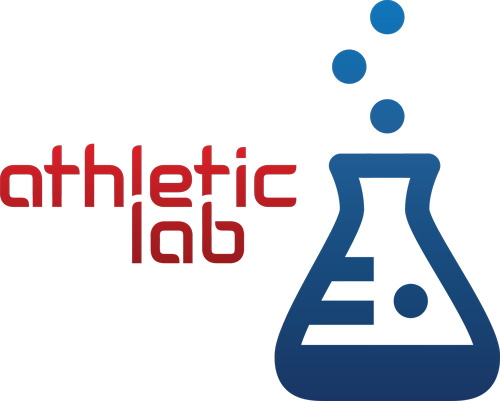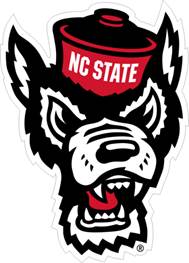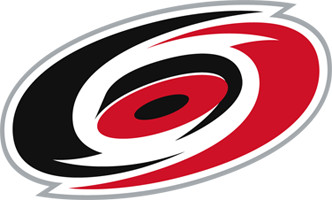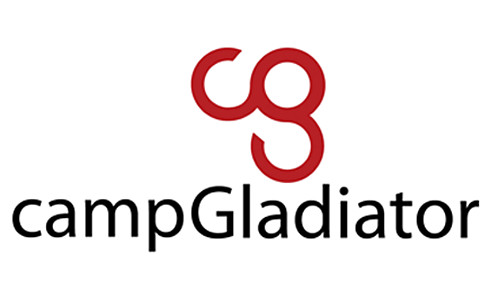Muscle recovery is the name of game right now! From Ultramarathon runners, to golfers, to the average Weekend Warrior, everyone wants to reduce muscle soreness and be back to participation as quick as possible. To facilitate this process as much as possible there are a few easy things all athletes can do to feel better after a hard workout.
The first, and in my opinion most important, aspect to facilitate a speedy recovery is to perform an active recovery. Anything from walking or swimming to yoga can help to remove the broken down muscle tissue through lymphatic system drainage. The lymphatic system acts as a sponge and soaks up all the metabolic waste that is just broken down after a workout. In order push that waste through the lymphatic vessels, we must encourage muscle contractions to squeeze the vessels and push the waste out of the limbs. Before new muscle growth can begin the old, broken down tissue must be removed and muscle activation is the best way to do it. So after a long exercise bout be sure to do a low impact activity such as light walking or swimming to push out the old and make way for the new!
Nutrition also plays a very vital role in how our muscles recover after training. A good general rule of thumb is a 4-1 carbohydrate to protein ratio. The amount of calories you take in will be determined by the length of your workout, but you shouldn’t be afraid to eat! If you keep the 4-1 ratio in place with your post-workout meal, you will be feeding your starving muscles the nutrients they need in order to re-grow healthier and stronger. Some healthy ideas for post-workout meals include (but aren’t limited to): 2 pieces of whole wheat toast with peanut butter and honey, Overnight Oats with nut milk and protein powder, a plant-based protein shake, banana and peanut butter, or even last night’s dinner leftovers! It is very important to feed your muscles within 30-45 minutes after you finish working out, as that is when they are the most in need of proper nutrients.
The final piece of the puzzle is stretching. If you have already had your recovery meal, and have an active recovery planned for later that day, get your stretch on! Working on lengthening the muscles while they are warm can help increase the range of motion which will help to prevent future injuries. There are a lot of apps that can walk you through some good, total body stretches to ensure you are hitting all the right muscles and not forgetting anything.
Yoga can also be a great tool to work on increasing range of motion, while having your muscles contract (increasing lymphatic drainage). So men, go make your significant other happy and sign up for a Yoga class!
If you have any questions about putting together a good recovery program for yourself or a team you work with, do not hesitate to come to one of our Raleigh Orthopaedic Performance Centers to meet with one of our Physical Therapists or Athletic Trainers.
About Ryan McCrea:
Ryan McCrea is a Certified and Licensed Athletic Trainer (ATC, LAT) and is in good standings with the Board of Certification and the North Carolina Board of Athletic Trainers Examiners. Ryan graduated from High Point University with his Bachelors in Athletic Training (2007) and Masters in Exercise and Sports Studies (2009). He worked as a Graduate Assistant Athletic Trainer at Greensboro College before moving to Boca Raton, FL to work as an Assistant Athletic Trainer at Lynn University. Ryan was promoted to Head Athletic Trainer three years later where he oversaw the medical needs of all 215 student-athletes. While at Lynn, Ryan played an integral part in the Men’s Soccer team winning two National Championships as well as the Men’s Golf team being National Runner-ups on three occasions. Ryan also worked with the Baseball and Men’s Lacrosse teams at Lynn University.









